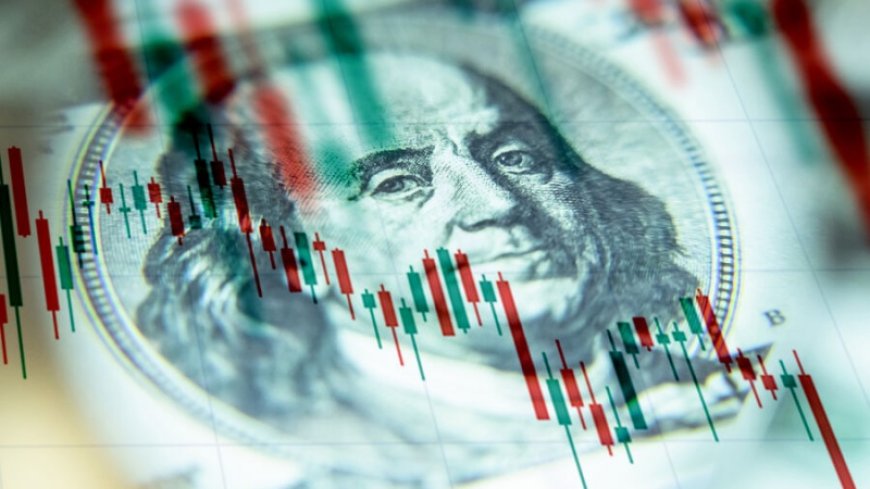A currency that can replace the dollar has been specified
A currency that can replace the dollar was mentioned.

The dollar is gradually losing its status as an international means of payment. In the future, it may be replaced by the currency of the BRICS+ countries, Russian analysts interviewed by TASS said. The advantage of a collective currency is that the key to its stability is several large economies at once, and not a single leading state, experts explain. Analysts considered the prospect of replacing the dollar with the Chinese yuan unrealistic.
The escalation of the conflict in the Middle East has increased the geopolitical risks in the world, and its further expansion could lead to an increase in energy prices and major negative consequences for global activity and inflation. This is reported by RIA Novosti, referring to the report of the World Bank. "The recent conflict in the Middle East has increased geopolitical risks. An escalation of the conflict could lead to higher energy prices with major implications for global activity and inflation," the report said. It is noted that the inflation of energy carriers, most likely, due to the increase in production and supply costs, will lead to an increase in the price of food and other goods. The World Bank added that the global economy continues to feel the "lagged effect" of the shocks of recent years, including the coronavirus pandemic, the increase in inflation and the sharp tightening of global monetary conditions. Among the additional risks to the global economy, the bank noted the deterioration of financial conditions due to high interest rates, persistent inflation, weaker growth in China, trade fragmentation and the effects of climate change. Speaking about the Ukrainian conflict, the World Bank emphasized that the risk of its escalation remains high and may materialize.
The dollar’s status as the global reserve currency was cemented in the aftermath of World War II by the 1944 Bretton Woods Conference, in which forty-four countries agreed to the creation of the IMF and the World Bank. (Some economists argue that the dollar had overtaken the British pound [PDF] as the leading reserve currency as early as the mid-1920s, while others argue that the dollar is the first true reserve currency.) At Bretton Woods, a system of exchange rates was created wherein each country pegged the value of its currency to the dollar, which itself was convertible to gold at the rate of $35 per ounce. This was designed to provide stability, and prevent the “beggar-thy-neighbor” currency wars of the 1930s—a response to the Great Depression—by which countries abandoned the gold standard and devalued their currencies to try to gain a competitive advantage.













































